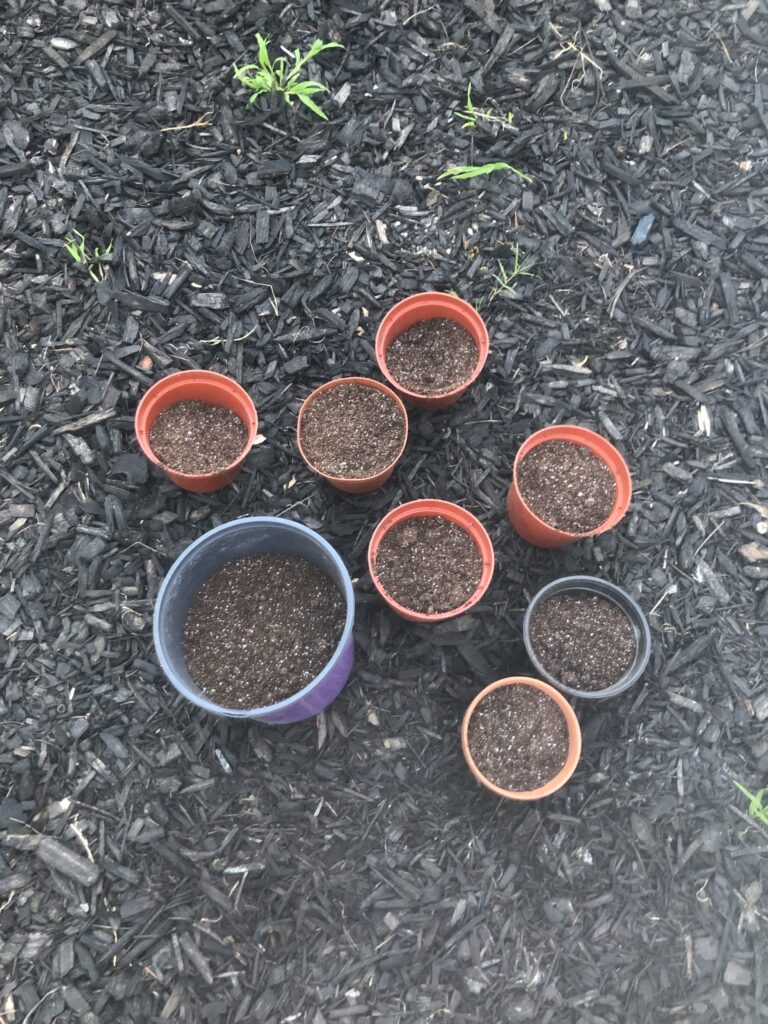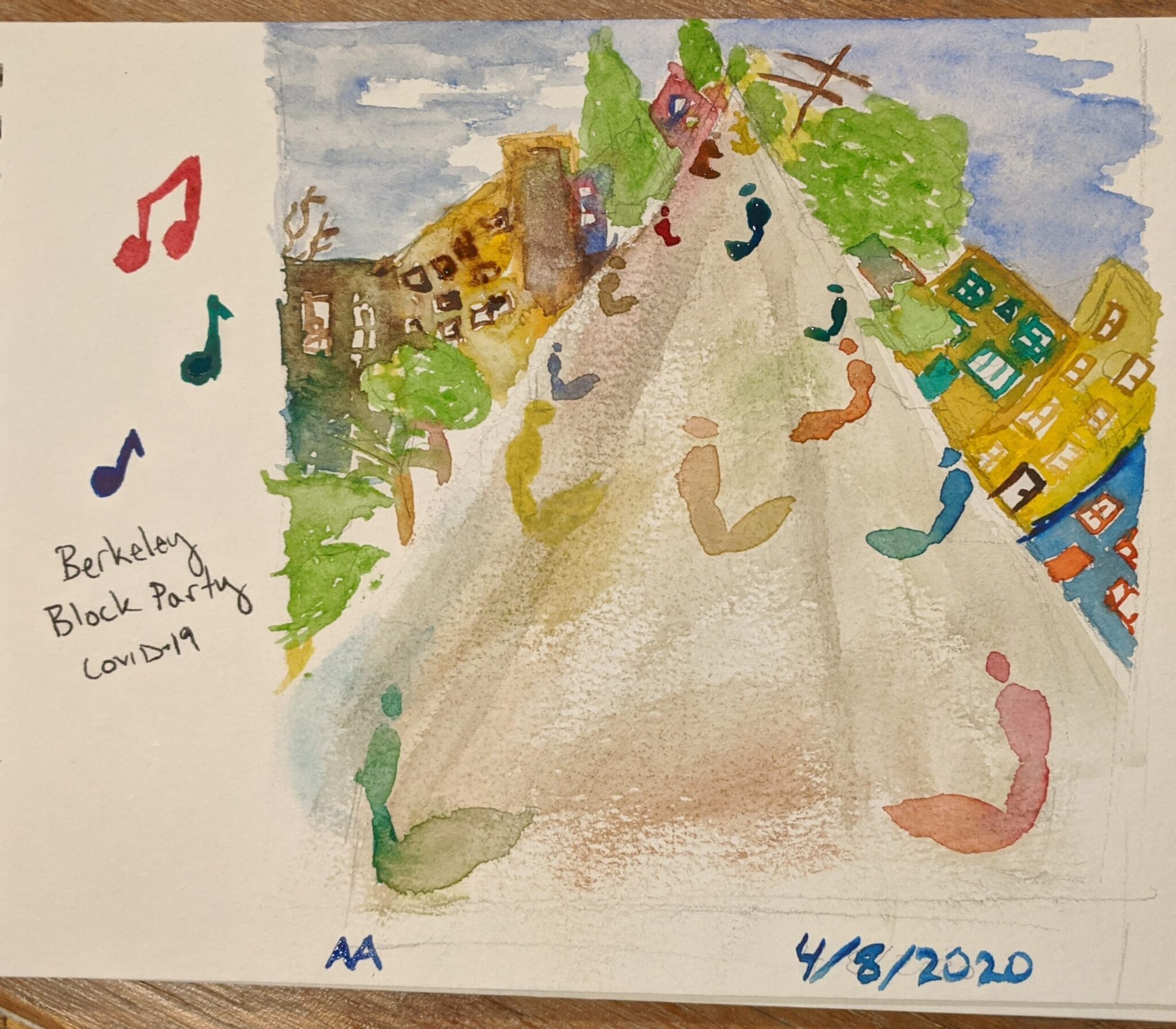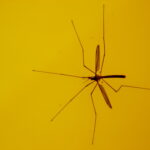Spring in the Time of Coronavirus
The Biota Project Blog
By Daniela Zarate (@witxhdoktor.phd), for The Biota Project (@thebiotaproject)
Spring.
The word alone evokes images of bounty. I can close my eyes and I am immediately transported to a world of lush meadows, luscious flowers, fair weather, and soft sunshine. The air is alive with the buzz of bumble bees and honey bees, busily pollinating the blooms of lavender and buckwheat. Here in San Diego, California the days are getting longer and warmer. There’s an excitement and gentle joy in the air as the world emerges from the dark days of winter.
But this spring is different. The beaches are deserted. The city parks closed. All the citizens of the city are sheltering in place, self-quarantining. There is a virus amongst us. A novel form of coronavirus (official name: SARS-CoV-2) has sprung from the microscopic world and landed on the front pages of newspapers worldwide. In their latest report (April 1), the World Health Organization (WHO) reported 823,626 confirmed cases of COVID-19, globally. The death toll stands at 40,598. Public health specialists, epidemiologists, and research scientists are scrambling to predict how severe this pandemic will become. Everyone seems to have an opinion and no one seems to really know for sure.
I was born in late April and so I’ve always felt a fondness for spring. I believe that Spring, more than any other season, showcases Mother Earth at her finest. The great Mojave and Sonoran deserts are just beginning to emerge from the bitter cold but have not yet heated up to their infernal summer temperatures. The snow caps on the Sierras have just begun to thaw. Fear of frost has passed for the gardeners and their green thumbs begin to itch. I sowed my first seeds yesterday. Lettuce, black krim tomatoes, garlic, and rainbow carrots.


Gardening has always been a hobby of mine. I think it’s my Taurus tendencies. Sowing the seeds this year felt a little different. The other day I saw a New York Times headline proclaiming that the citizens of the United States are sowing more seeds this year than they have in the past couple years. Seed companies are seeing a boost in their sales even in the current coronavirus economic slump. Seeds are flying off the shelves, along with toilet paper. Do people think that a national food shortage is on the horizon? The empty supermarket shelves are quite surreal. I never imagined seeing such a sight here in the United States, the land of overproduction and overconsumption.
RELATED: HOW DO PEOPLE INTERACT WITH CLOSED NATURE TRAILS?
It seems difficult to celebrate springtime with the grim spectre of SARS-CoV-2 (COVID-19) looming over the Earth. Our attention is focused not on the blooms this year, but on the hospital beds, and the dwindling supply of ventilators and hospital masks. Social distancing and the closure of public parks and trails have pushed mother nature to the periphery of our attention. We’re afraid to stop and smell the roses. After all, they could be teeming with coronavirus.
And yet, in many cities participating in a ‘shelter-in-place’ protective order, people are realizing how much they need to be outside. I was chatting with fellow Biota member Alyssa Abbey (@ifDiscswereRock) about her experiences sheltering in place in her home city of Berkeley, CA.
Alyssa spoke on how she was surprised to see noticeably more people out walking through neighborhood streets: “There are very few cars on the roads and people are tired of being stuck inside their homes so they are walking all over (staying 6 feet apart of course), on the sidewalks and in the streets. It’s really very busy in the neighborhoods here. In fact, there are people hanging out and having block parties–people sit on their porches or stand on the sidewalks in front of their houses chatting and listening to music and dancing in the street, all maintaining a safe distance of 10ft apart or so. It’s far from being a ghost town. people are leaving their houses to be outside and with no place to go or specific destinations in mind (restaurants and shops are closed) the streets are full! So although National, State, and public parks are closed people are re-realizing the benefits of time spent outside.”
Every year, on April 22, the world celebrates Earth Day. This year will also be the 50th anniversary of a movement begun in 1970 in response to a disastrous oil well explosion that spilled 3 million gallons of crude oil off the coast of Santa Barbara, California in 1969. To this day it remains the largest oil spill to have ever occurred off the coast of California and ranks as the third largest oil spill to have occurred in United States waters. The ecological impact to marine life was disastrous. Over 3,500 sea birds died alongside an immeasurable amount of sea mammals and other marine organisms. The 1969 Union Oil spill spawned a national outcry and activists rallied to fight for stricter environmental regulation and conservation policies.
Interestingly, the current coronavirus pandemic has caused an unforeseen environmental impact: an unprecedented drop in air pollution levels as workers remain at home and cars stay parked in driveways. Images taken by the Copernicus Sentinel-5p Satellite of the European Space Agency (ESA) show a dramatic drop in nitrogen dioxide concentration across much of the continent [1]. Nitrogen dioxide is a gaseous air pollutant commonly produced from the burning of fossil fuels such as coal and gas. China, epicenter of SARS-CoV-2 (COVID-19), saw an incredible drop in carbon emissions, up to a 25% reduction in the month of February. While many tout this as a silver lining to the coronavirus crisis, others consider it only a brief respite and anticipate air pollution levels to rebound quickly, and with a vengeance. A study published in the prestigious science journal Nature in 2015 estimated the number of deaths due to air pollution to be upwards of 3 million per year, the majority of which occur in Asian countries. In 2016, this number was bumped up to 5 million in research presented at the annual American Association for the Advancement of Science (AAAS) [2].
I can’t help but compare the death toll from air pollution to that predicted from the coronavirus. Air pollution, like the coronavirus, feels invisible. Yes, you can see smog laying like a grey fog on the skyscrapers of major cities. On hot, busy days you can feel yourself breathing it in. But sometimes I don’t even notice it. Perhaps it’s because I’ve gotten used to the filthy air. Like the coronavirus, I don’t even notice these microscopic, nefarious particles. If the numbers are right, more people will have died from air pollution than from the coronavirus. Yet our response as a society remains so different.
I spent a few days of my spring break in Death Valley National Park, one of my favorite places in the world. Death Valley National Park is located on the border between California and Nevada, just east of the Sierra Nevada mountain range (where another favorite, Sequoia National Park, is located). Death Valley spans two awesome desert regions: the Great Basin and the Mojave. The park boasts a breadth of natural beauty from sand dunes to badlands and ranks as the hottest, driest, and largest park in the contiguous United States. Stargazing is phenomenal and I made sure to arrive on a new moon so that the skies were as dark as I could get them. They had just begun to close down the park when I arrived. Parking lots and one of my favorite roads, the Artist’s Drive, had been blocked off. I didn’t stay long.


With the national quarantine in effect we are finding it harder and harder to venture outdoors. The urgent need to socially distance has us deep in our bunkers, trying to maintain our health and good spirits as we weather this pandemic. It is hard to remember that it is springtime and that the Earth is in full celebration. The air hasn’t been this clean in a while. As we shelter in place this spring, we must do what we can to retain our connection to Earth and to celebrate the Spring Equinox as so many have done before us.
Ancient civilizations have long celebrated this important time as it heralded the coming of bountiful harvests. The magnificent Mayan pyramid dedicated to the God Kukulkan (or Quetzalcoatl) in Chichen Itza displays an incredible astronomical event every spring and fall equinox: the sunlight striking the Western side of the temple casts shadows down the pyramid steps that resembles a snake sliding down the pyramid’s main stairway. Legend has it that this shadow is the Feathered Serpent deity returning to rule his people after being forced to flee the city by his enemies. The traditional holidays of Easter and Passover also have roots in spring equinox traditions. The word Easter is derived from the Germanic goddess Eostre who ruled over Spring.
So plant some flowers. Take the dog for a walk and study every tree you pass. Watch that nature documentary you always meant to see. Plan a trip to your favorite national park for when this crisis passes. Paint a picture of your favorite animal, plant, or insect. Or all three. Mine would be a horned toad, a big stinking lily, and a horned beetle. Kind of interesting choices, I know. What can I say? I’m a lover of all the weirder things in nature. I suppose that’s why I decided to pursue a PhD in ecology and evolution. Interested in sharing your work? Follow our page on Instagram (@TheBiotaProject) and tag us so we can reshare your work on our platform. Let us fill our social media timelines and feeds with creativity, joy, and feelings of rebirth and revitalization. Share your artistry with your friends and family, even if it must be done through the world wide web. Let us not forget to celebrate the Spring Equinox and instead embrace the new growth and rejuvenation as a sign of hope for our future together
References
[2]https://aaas.confex.com/aaas/2016/webprogram/Session11601.html
Featured image: Watercolor. Berkeley, California neighborhoods in the time of Coronavirus. (Biota Member Alyssa Abbey)




